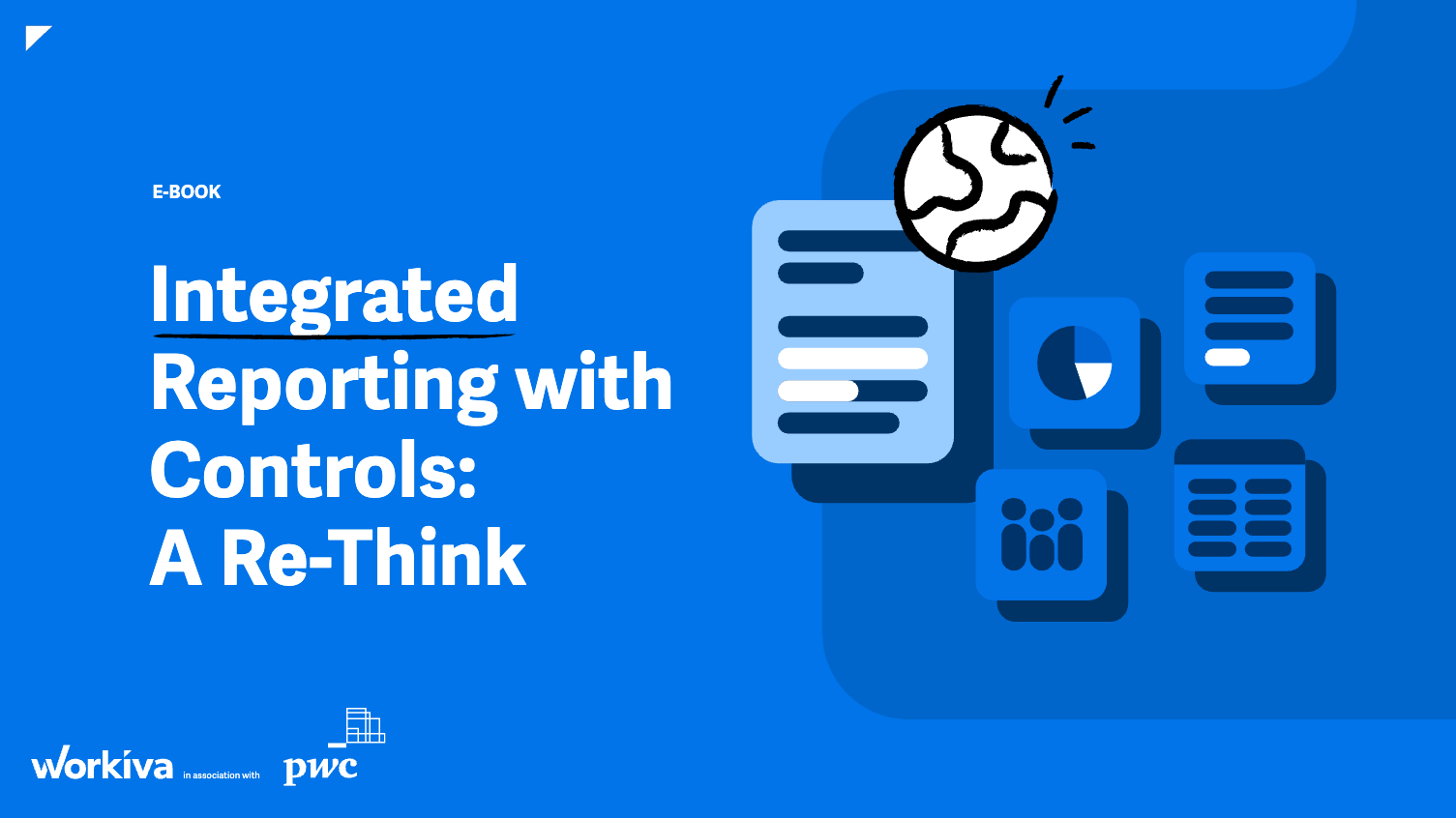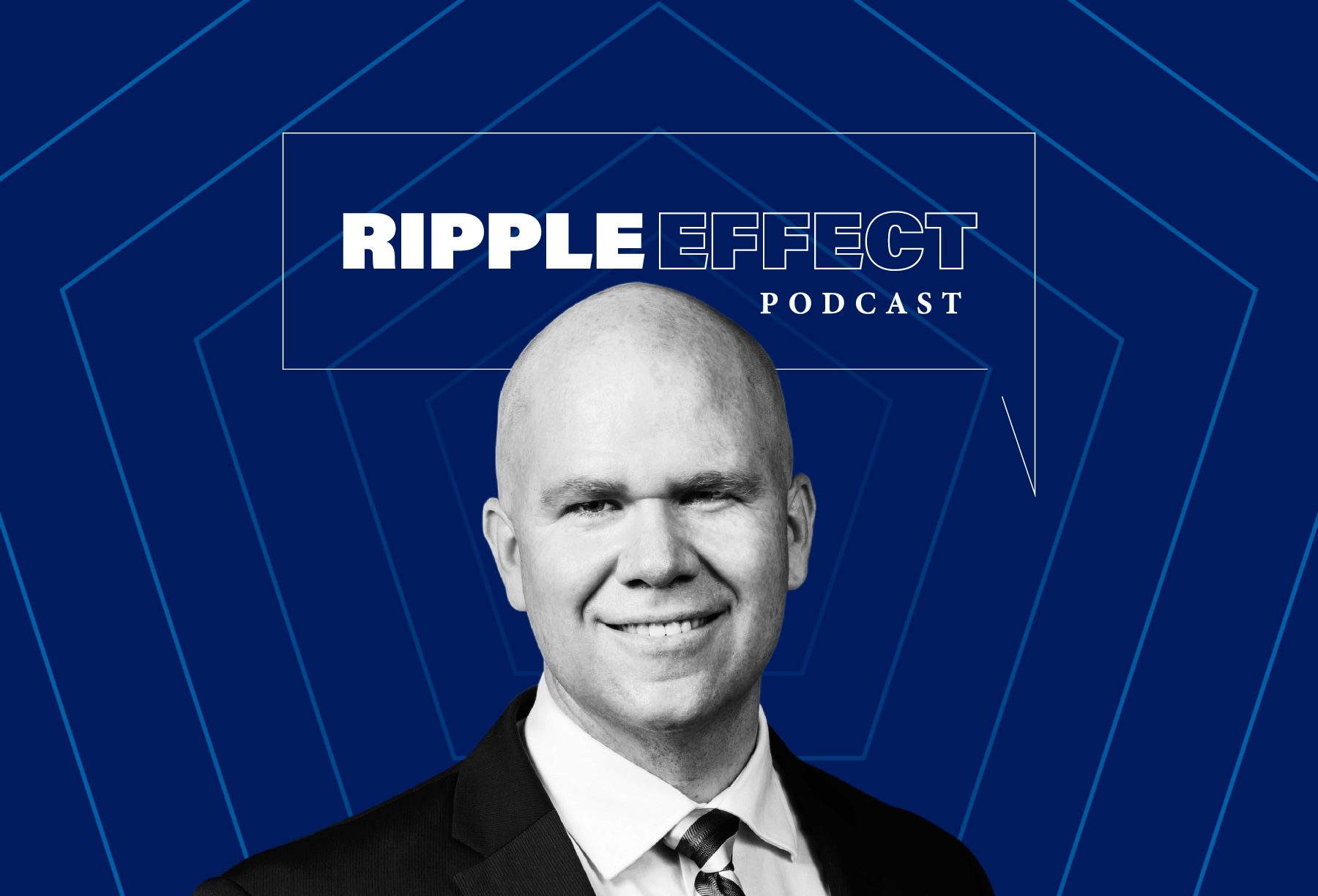The Emotional Battleground of the Stock Market
The stock market is often described as a battlefield where logic wrestles with emotion. For every chart analyst and Wall Street quant, there are millions of investors driven by feelings—anxious to exit during downturns, euphoric in rallies. Tapping into these emotions to inform investing strategies is not only powerful, it’s necessary. One tool that aims to quantify market sentiment is CNN’s Fear & Greed Index.
This simple yet nuanced metric captures the psychological undercurrents pushing stock prices, helping investors identify extremes in market sentiment that could signal imminent reversals or opportunities.
What is the Fear & Greed Index?
The Fear & Greed Index is a sentiment analysis tool designed to track the emotional pulse of the stock market. It analyzes seven different indicators that collectively reflect fear or greed among investors. The scale ranges from 0 (extreme fear) to 100 (extreme greed).
A low score suggests widespread investor fear, typically characterized by heavy selling, rising volatility, and a shift toward safe-haven assets like bonds. A high score points to increasing greed—markets are surging, investors are embracing risk, and caution is being thrown to the wind.
Seven Indicators That Power the Index
Each of the following seven indicators is equally weighted and updated as new data becomes available. Let’s break down how each one functions.
1. Market Momentum
- Measured by: S&P 500 vs. 125-day moving average
- Interpretation: A rising S&P 500 above its historical average signals positive market momentum and suggests investor optimism.
When the S&P 500 drops below its 125-day average, it indicates a cooling market sentiment and creeping caution. Positive momentum indicates growing greed; slowing momentum may mean investors are preparing to retreat.
Understand the full strategy in Techniques for Momentum Investing.
2. Stock Price Strength
- Measured by: Net new 52-week highs vs. lows on the NYSE
- Interpretation: A high number of stocks reaching 52-week highs compared to those hitting 52-week lows indicates broad-based strength—a sign of greedy investors.
This reflects confidence across sectors. Conversely, a rise in 52-week lows highlights market-wide weakness, signaling fear.
3. Stock Price Breadth
- Measured by: McClellan Volume Summation Index
- Interpretation: This indicator gauges whether more trading volume comes from rising or falling stocks on the NYSE.
Breadth is particularly useful in confirming or disputing price actions—rallies without broad participation raise red flags.
Dive deeper into technical tools with our Technical Analysis Beginner’s Guide.
4. Put/Call Options Ratio
- Measured by: 5-day average of the put/call ratio
- Interpretation: Higher put volume relative to calls suggests fear, reflecting a bearish outlook.
A rising ratio means traders are buying more protective puts than bullish calls—a clear sign of nervousness. Greed is evident when the ratio is low.
5. Market Volatility
- Measured by: VIX vs. its 50-day moving average
- Interpretation: The Volatility Index (VIX) indicates expected market fluctuations.
A rising VIX often corresponds with falling stock prices as fear mounts. A declining VIX amid rising prices may reflect growing appetite for risk.
Enhance your risk approach with our article on Volatility Risk Tools.
6. Safe Haven Demand
- Measured by: 20-day stock vs. bond returns
- Interpretation: When investors favor Treasury bonds over stocks, it’s a sign they are playing it safe.
Investors shift toward bonds when confidence is shaken. Conversely, if stocks outperform bonds over 20 trading days, it points to risk-on behavior and growing greed.
7. Junk Bond Demand
- Measured by: Yield spread between junk vs. investment grade bonds
- Interpretation: A narrow spread implies higher risk tolerance, while a widening gap signals fear.
A rising spread suggests investors are fleeing to safety. A narrowing spread means appetite for risk is growing among market participants.
Why This Index Matters
Humans are notoriously bad at making rational choices under pressure. The Fear & Greed Index helps investors:
- Compare current sentiment to historical norms
- Avoid buying at market tops or selling at panic bottoms
- Identify contrarian opportunities
Let’s say the index hits 90—this signals extreme greed. Historically, markets tend to correct when optimism gets overstretched. An index near 10 might mean stocks are oversold and poised for a rebound.
How to Use the Fear & Greed Index in Your Strategy
The index shouldn’t be your sole investing guide, but it’s a valuable tool when paired with other research. Here’s how you can use it:
- Buy When Others Are Fearful: A low score may indicate undervalued opportunities. Combine with fundamental analysis to select quality stocks at a discount.
- Sell Into Overexuberance: A high score suggests people are overpaying in their eagerness. If your positions are overextended, consider taking profits.
- Hedge Through Options or Rebalancing: If sentiment is skewed toward fear, hedging through puts or rebalancing into bonds may smooth volatility.
New to market psychology? Start with our Market Psychology Primer.
Important Caveats and Considerations
While the Fear & Greed Index is a good sentiment snapshot, it has limitations:
- Reactionary, Not Predictive: The index reflects current market conditions. It doesn’t predict future moves.
- Short-Term Focus: Long-term investors should use it in moderation.
- Data Lag: Though updated with the latest data, there may be slight lags depending on market events.
FAQ Highlights
Q: How frequently is the index updated?
Each component is updated as new market data becomes available—sometimes in near real-time.
Q: What is a neutral reading?
A score around 50 suggests balanced emotions, with neither fear nor greed dominating.
Q: Can it predict a crash or rally?
Not specifically. It highlights extremes which often precede reversals, but like any indicator, it’s best combined with broader analysis.
Q: Is this index reliable during earnings season or black swan events?
Events can temporarily skew data. Use context and refer to our insights on Earnings Season Volatility.
Getting the Most Out of It
To elevate your skills, apply the Fear & Greed Index across multiple timeframes. Evaluate:
- Weekly changes to see sentiment shifts
- Sector comparisons to gauge localized vs. broad fear
- Cross-reference with macroeconomic indicators such as interest rates or inflation
Final Thought
In the ever-evolving game of investing, awareness of psychology is just as important as economic indicators. Tools like the Fear & Greed Index empower investors to step back, measure emotion, and make more rational decisions.
Will it replace fundamental research? No. But when markets swing wildly, it serves as a compass pointing toward or away from herd instincts.
Stay ahead of the curve by combining sentiment with disciplined investing. To keep learning, tools like this are only the beginning.
Subscribe to fintechfilter.com for more insights, real-world case studies, and actionable strategies built for modern investors.






